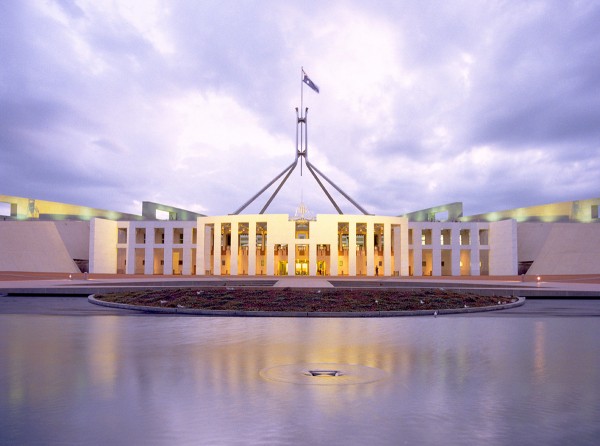2022 Australian Federal Election: Australia’s Electoral System Explained
Written by Maddie Crothers – AIYA National Blog Editor
Indonesian translation by Gabriella Pasya – AIYA National Translation Team
This year, Australia will hold its federal election. With the national election looming, it is important to have a basic understanding of the Australian electoral system and the popular competing parties. Due to all Australian citizens aged over the age of 18 being required to vote in person or via mail, politics is currently prevalent throughout Australian news and media. In Australia, the date of the election is announced by the Prime Minister once every three years. This year the election will be held on the 21st of May.
Australia’s Political System
The House of Representatives
There are 151 members in the House of Representatives (also known as the lower house) each representing an Australian electorate. An electorate, also known as a ‘seat’, is a geographical area represented by the government. There is approximately the same population in each electorate. For example, New South Wales has 47 seats, compared to the Northern Territory that has 2.
A member in the House of Representatives is elected when votes demonstrate an absolute majority or over half of the electorate’s population voting for that member. In general, the member elected belongs to and supports a political party. Votes are tallied through a preference system, where a voter will number their preferences on a ballot paper. The party that obtains the most seats in an election forms the government and the party’s elected leader becomes Prime Minister. The house of representatives is where most bills are introduced before becoming law. These bills are then passed onto the senate (also known as the upper house) for further scrutiny before becoming law.
The Senate
On election day a second ballot is given to voters, to vote for the senate. The senate was created with the intention to scrutinise and to act as a check on government. The senate represents Australia’s States and Territories. 12 senators are elected per state and 2 senators are elected per territory, adding to 76 members of the senate. The senators are elected based on voting patterns. All proposed laws in Australia must be passed by both the Senate and the House of Representatives.

The Parties
As mentioned, the party (or coalition of parties) that has the most members in the House of Representatives becomes the government. The following largest party (parties or coalition) that did not form government becomes the opposition. Currently the Liberal-National Coalition of Australia holds the government with 77 seats, with Prime Minister Scott Morrison as leader. The Australian Labor Party holds 68 seats with opposition leader Anthony Albanese.
The Liberal Party and the National Party, although separate parties, have formed a coalition. This means that the Prime Minister (Scott Morrison) belongs to the major party (the Liberal Party) and the deputy Prime Minister (Barnaby Joyce) is from the junior party (the Nationals). Minor parties can only form government if they create a partnership with a major party as seen by the Liberal-National Coalition.

Liberal Party – Major Party
If re-elected, the current government is proposing policies that will include creating more jobs for Australians, tax relief for workers and small businesses, investments in health and other essential services, improving roads, cleaner energy and focusing on defence and security. Read more here.

The Labor party is focusing on improving Medicare (Australia’s Health insurance that provides Australians with low to no cost health care), creating secure jobs through fee-free TAFE courses (Technical And Further Education, vocational training), making child care more affordable and increasing manufacturing and renewables in Australia. Read more here.

The National Party – Minor Party
The National Party aims to protect and secure the future of regional Australia through economic recovery, supporting small businesses, supporting senior Australians, national security, fast and efficient broadband and supporting farmers and rural communities. Read more here.
The Greens Party promotes policies to sign a treaty with First Nations people, replace coal and gas, put both dental and mental care under Medicare, free education, affordable housing, secure jobs and ending discrimination. Read more here.
News polls are expecting this election to be extremely close. The outcome will only be known once the votes are counted.

